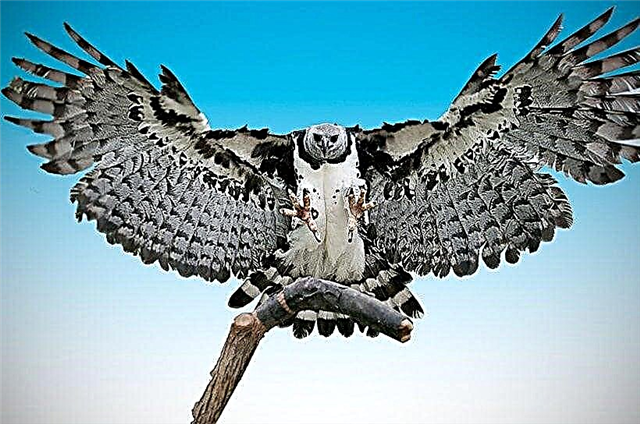
Since childhood, each of us knows: if you rotate around its axis, then our head will begin to feel dizzy. And if you do this for a long time, then in general you can lose orientation in space for a while.
What "spins" the world around us?
To understand why such an effect occurs, you need to consider the features of our vestibular system. A special organ in the inner ear helps the body stay upright. It is equipped with sensitive nerve cells that determine the speeds and directions in which the head moves.
These "sensors" are connected with the movement of the eyes, with the perception of the location of the body and its movements in space. For example, if a person turns his head to the right, and his eyes are aimed at an object located right on the course, then his eyes will spontaneously move to the left at the same speed. This automatic reaction helps a person maintain focused vision on the subject.

Rotation around its axis is a more complicated case than turning the head. With rotation, the eyes also begin to automatically move in the opposite direction. However, their rotation angle is small, and they quickly reach the limit. And the head makes full revolutions, at all 360 degrees.
As a result, the eyes again and again “bounce” back, returning to their original position. The nervous mechanism of the vestibular apparatus works in a self-sustaining mode and causes them to automatically continue to do this. Such high-frequency oscillatory movements, repeated over and over, cause a state of nystagmus.As a result, the brain begins to perceive the body as a motionless object, and the surrounding world - as rotating around it.
Why, then, do not fall ballerinas and skaters?
If nystagmus is an automatic and self-sustaining condition, then how do skaters and ballerinas cope with it? The answer is simple: they just get used to it during repeated trainings.
In addition, the technique of "holding the point" is used. Performing rotations around their axis, athletes and dancers minimize the rotation of the head: until the last they hold it in place, and only at the end of the rotation of the body they quickly turn it after the body. This greatly limits the effect of dizziness. However, and they sometimes lose balance after rotation. But the skills developed in training, quickly bring them to normal.












